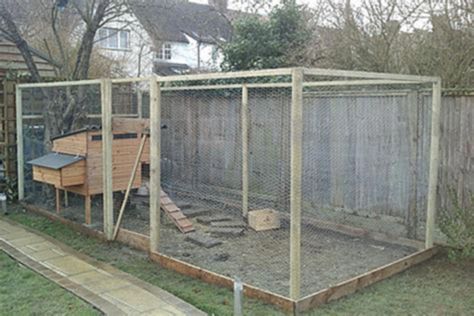

Rotational grazing is critical to farming on Missouri’s BF Farm. I prepare the ground for planting with a hoe and rake, often adding some lime as well to the acidic soil. But it’s nice to watch them explore green vegetation and occasionally come across insects that have likewise been attracted to the clover.Ī third positive is that the soil within a paddock has a chance to rest and revitalize for a while. Of course, our young birds mostly consume the nutrient-filled chick feed that we purchase from feed-supply stores. Second, the paddock system is a great way to introduce chicks to a more diverse diet. Our birds thus have the ability to “free-range” while inside the run. In short, a free-ranged chicken is soon a dead one on our country road. We live in a rural area where I have identified 13 wild creatures that will attack chickens.

The biggest positive is that, for the 10 days to a fortnight that it takes for our chickens to level the clover, they have the benefit of this food without being exposed to predators. Bruce Ingram Lessons LearnedĪll in all, our rotational grazing system has offered pros and cons concerning our chicken rearing, with much more of the former than of the latter.
#Portable chicken run free
Meanwhile, the same day we opened the new patch, we fenced in an adjacent quadrant of the run, raked it free of gravel and other debris, and planted more clover. The day we removed the fencing, the chooks spent much of the day grazing in their newfound clover patch. The entire time the “pasture” was growing, our fowl often walked the fence line, looking for ways to enter. These are all quite beneficial for chicken health.įour weeks after our first seeding, we marveled at a lush stand of clover. Several kinds of clovers, primarily the white and red varieties, exist and all contain magnesium, potassium, and vitamins A, C and E. Chickens, of course, relish clover, so that is the plant we chose to seed our paddock. So Elaine and I purchased some hard-plastic, green garden fencing and stakes and partitioned off about one-quarter of one of the runs. We thought rotational grazing possibly could work on a much smaller scale within our two chicken runs. This practice allows the previous enclosure to undergo a period of rest, with grass revitalizing itself and manure enriching the soil structure. Animals stay in each enclosure for several weeks.Īfter the cattle graze in the first paddock, the farmer moves his animals to the second one and so on. In this system, farmers rotate livestock-usually beef or dairy cattle-from paddock to paddock. Finally, a possible solution dawned on us: rotational grazing, which began in Europe centuries ago.


 0 kommentar(er)
0 kommentar(er)
